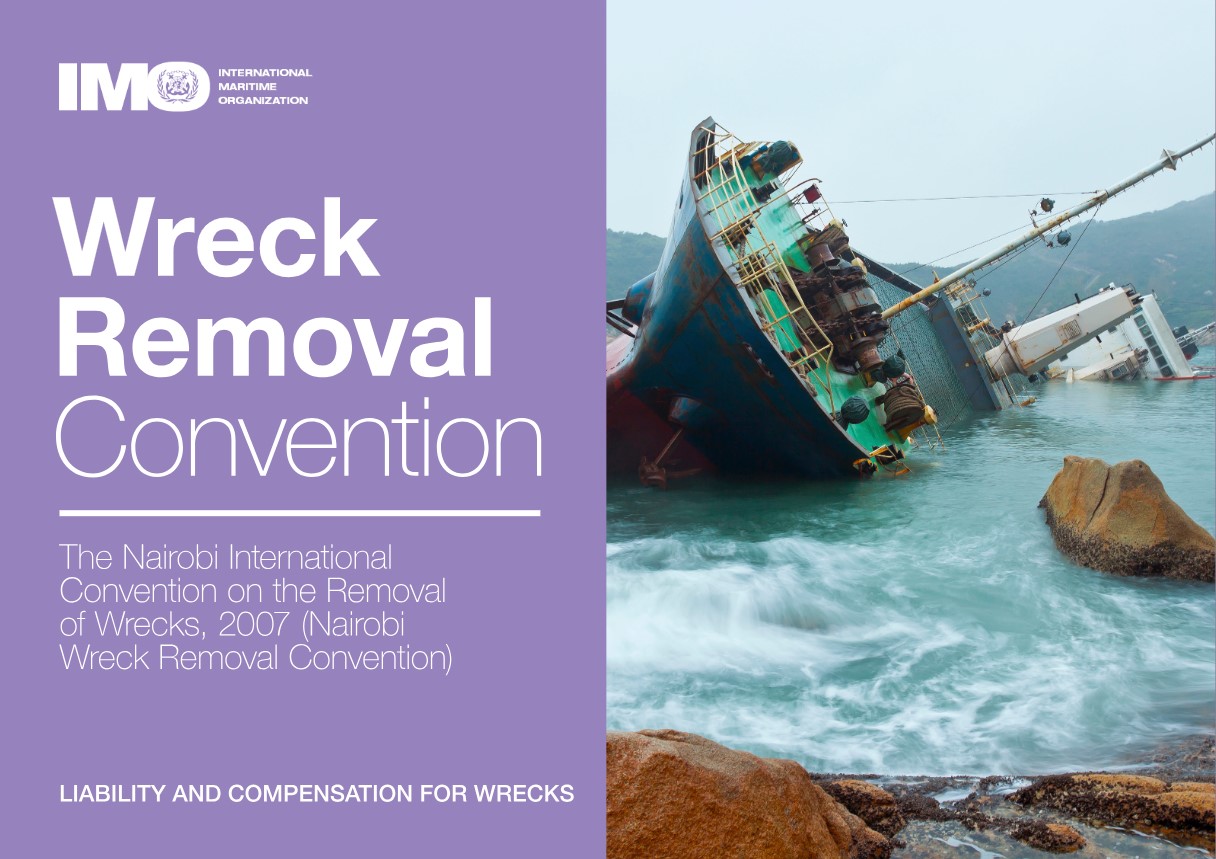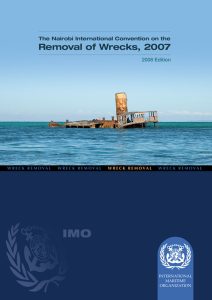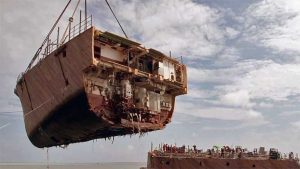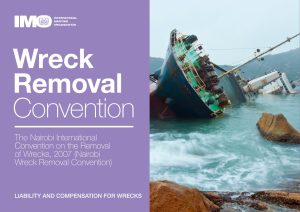Navigating the Hazards Beneath
Maritime navigation has always been fraught with challenges, but few are as insidious as the unseen dangers lurking beneath the waves. Shipwrecks, often remnants of past maritime mishaps, can pose significant threats to navigation, marine environments, and coastal economies. Recognizing the pressing need to address these hazards, the international community adopted the Nairobi International Convention on the Removal of Wrecks in 2007. This comprehensive treaty aims to provide a uniform legal framework for the prompt and effective removal of hazardous wrecks, ensuring safer seas for all.
Understanding the Nairobi Convention: Foundations and Framework
The Nairobi Convention establishes a set of uniform international rules and procedures to ensure the timely removal of wrecks that may pose hazards to navigation or the marine environment. It grants coastal states the authority to remove wrecks within their exclusive economic zones (EEZs) and, optionally, within their territorial waters. The Convention also delineates the responsibilities of shipowners, mandating financial liability and compulsory insurance to cover the costs associated with wreck removal.
Historical Context: The Genesis of the Convention
The impetus for the Nairobi Convention stemmed from the increasing number of shipwrecks posing threats beyond national jurisdictions. Prior to the Convention, there was a lack of a cohesive international legal framework addressing wreck removal, leading to inconsistencies and challenges in enforcement. The Convention was adopted at an International Maritime Organization (IMO) diplomatic conference in Nairobi, Kenya, on May 18, 2007, and entered into force on April 14, 2015, after the requisite number of ratifications.
Key Provisions: Navigating the Legal Landscape
Scope and Application
The Convention applies to wrecks located in the EEZs of State Parties and, optionally, within their territorial seas. It defines a “wreck” broadly, encompassing:
-
Sunken or stranded ships.
-
Any part of a sunken or stranded ship.
-
Objects lost at sea from a ship.
-
Objects from a ship that are stranded, sunken, or adrift at sea.
A “hazard” is determined based on the wreck’s potential to:
-
Endanger navigation.
-
Cause harm to the marine environment.
-
Damage the coastline or related interests of one or more states.
Reporting and Locating Wrecks
Shipowners are obligated to report any maritime casualty resulting in a wreck to the affected coastal state. Upon notification, the coastal state assesses whether the wreck poses a hazard. If deemed hazardous, the state must:
-
Locate the wreck.
-
Mark it appropriately.
-
Inform mariners and other states about the hazard.
Removal of Hazardous Wrecks
If a wreck is identified as hazardous, the registered owner is responsible for its removal. The coastal state sets a reasonable deadline for this action. Should the owner fail to comply, the state may undertake the removal and recover the associated costs from the owner.
Liability and Compensation
The Convention imposes strict liability on shipowners for the costs of locating, marking, and removing hazardous wrecks. To ensure financial responsibility, ships of 300 gross tonnage and above are required to maintain insurance or other financial security. A certificate attesting to this coverage must be carried on board and presented upon request.
Practical Implications: Real-World Applications
Enhancing Maritime Safety
By mandating the removal of hazardous wrecks, the Convention significantly reduces risks to navigation, thereby preventing potential maritime accidents and safeguarding lives at sea.
Protecting the Marine Environment
Wrecks can release pollutants, including oil and hazardous substances, into the marine ecosystem. The Convention’s provisions ensure timely removal, mitigating environmental damage.
Economic Considerations
Coastal economies, particularly those reliant on tourism and fishing, can suffer from the presence of wrecks. The Convention aids in preserving these economic interests by facilitating the removal of such hazards.
Challenges and Future Developments
Implementation and Enforcement
While the Convention provides a robust legal framework, its effectiveness hinges on the commitment of State Parties to implement and enforce its provisions. Challenges may arise in terms of resource allocation, especially for developing nations.
Expanding Ratification
As of now, several maritime nations have yet to ratify the Convention. Encouraging broader participation is essential to achieving its global objectives.
Technological Advancements
Advancements in maritime technology, such as improved wreck detection and removal techniques, can enhance the Convention’s implementation. Continuous updates and adaptations to the Convention may be necessary to incorporate these innovations.
Conclusion: Charting a Course for Safer Seas
The Nairobi International Convention on the Removal of Wrecks represents a significant stride toward enhancing maritime safety and environmental protection. By establishing clear responsibilities and procedures for wreck removal, it addresses a critical gap in international maritime law. As the maritime community continues to evolve, the Convention serves as a cornerstone for collaborative efforts to ensure safer and cleaner oceans.
Frequently Asked Questions (FAQs)
Q1: What is the primary objective of the Nairobi Convention?
A1: To establish a uniform international legal framework for the prompt and effective removal of hazardous shipwrecks, thereby enhancing maritime safety and environmental protection.
Q2: Does the Convention apply to all shipwrecks?
A2: The Convention applies to wrecks located in the EEZs of State Parties and, optionally, within their territorial seas, provided the wreck poses a hazard as defined by the Convention.
Q3: Who bears the cost of wreck removal under the Convention?
A3: The registered shipowner is strictly liable for the costs associated with locating, marking, and removing hazardous wrecks.
Q4: Are shipowners required to have insurance under the Convention?
A4: Yes, ships of 300 gross tonnage and above must maintain insurance or other financial security to cover potential liabilities related to wreck removal.
Q5: How does the Convention benefit coastal states?
A5: It empowers coastal states to take necessary actions to remove hazardous wrecks, thereby protecting their marine environments, economies, and navigational safety.
References / Further Reading
Note: This article is intended for informational purposes and does not constitute legal advice.




